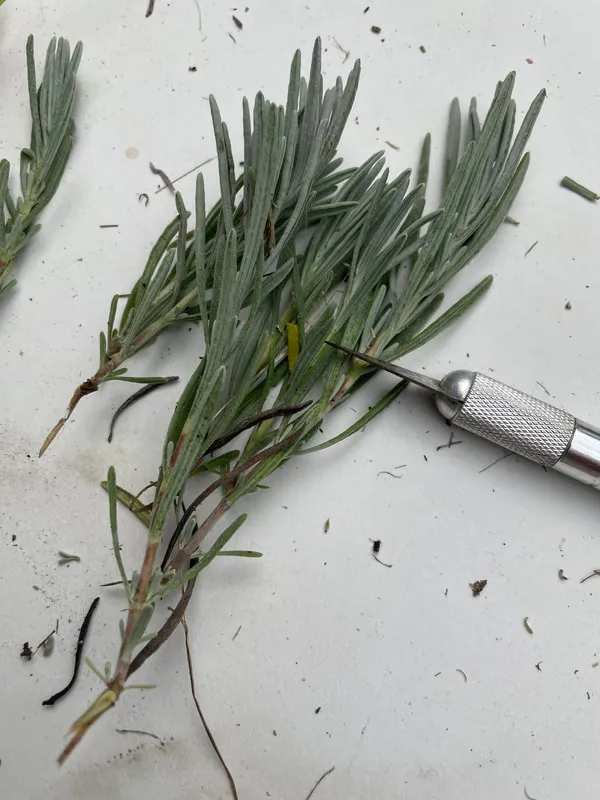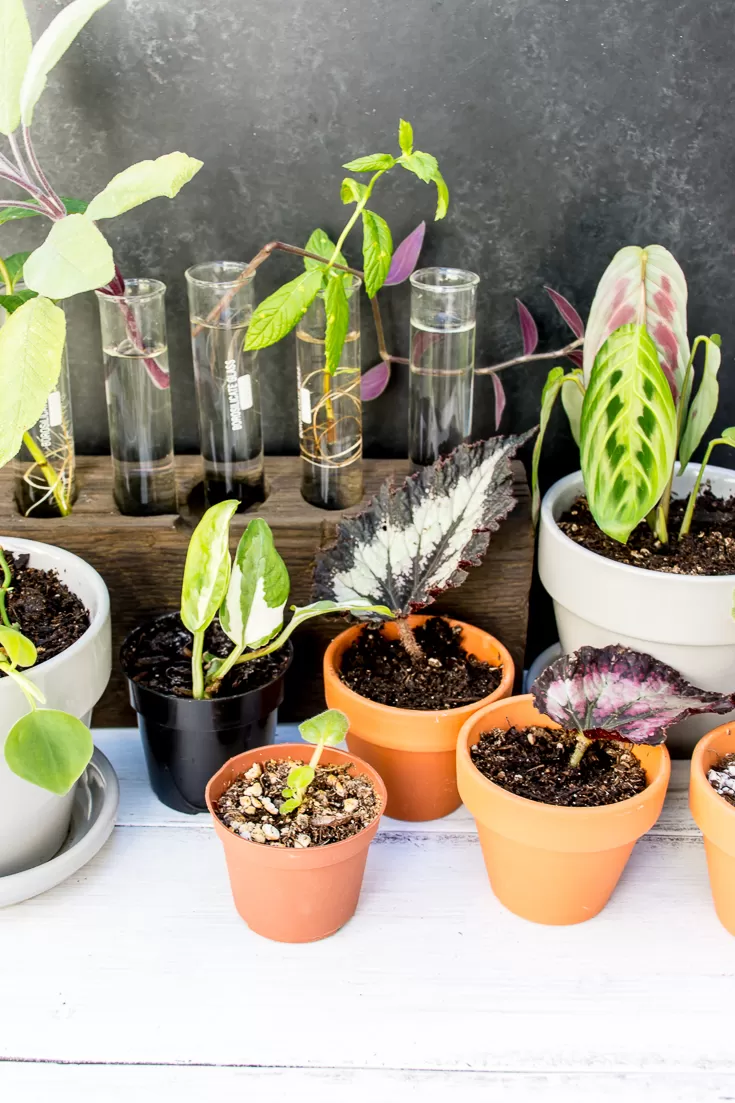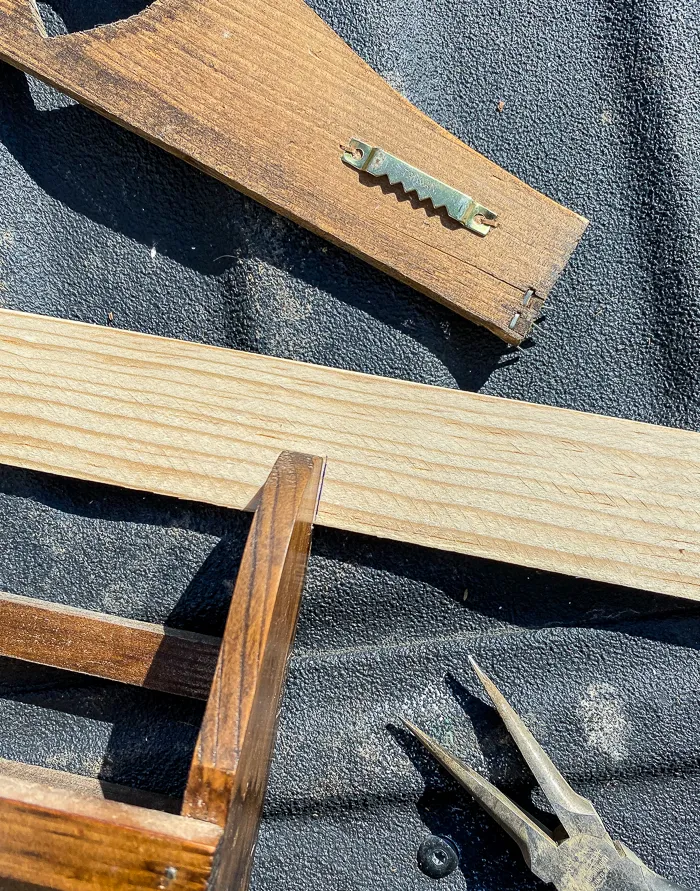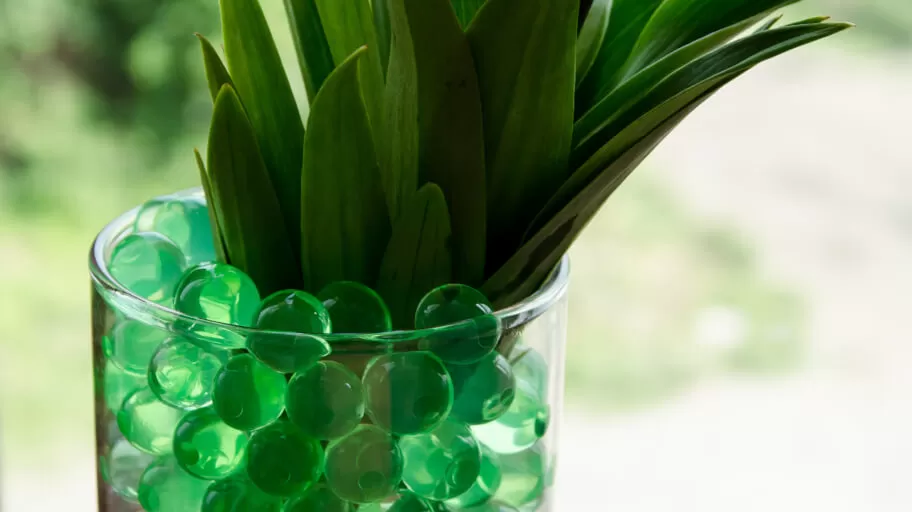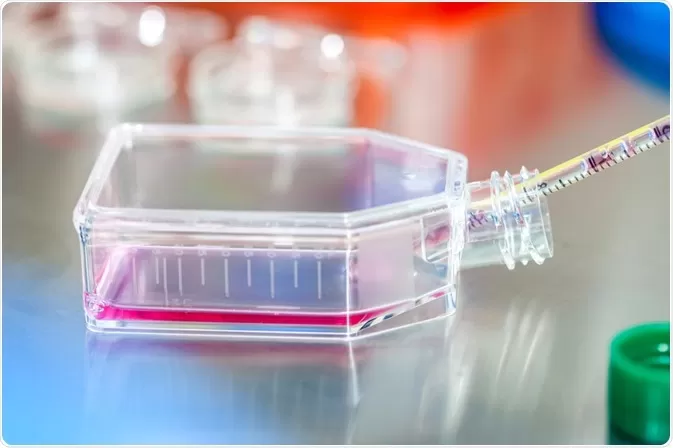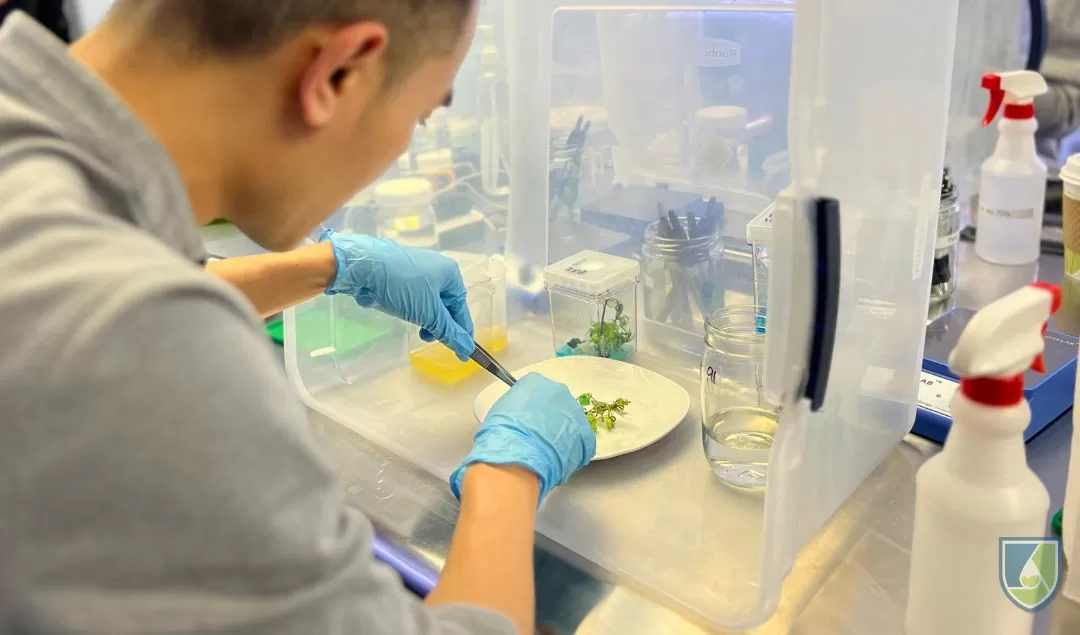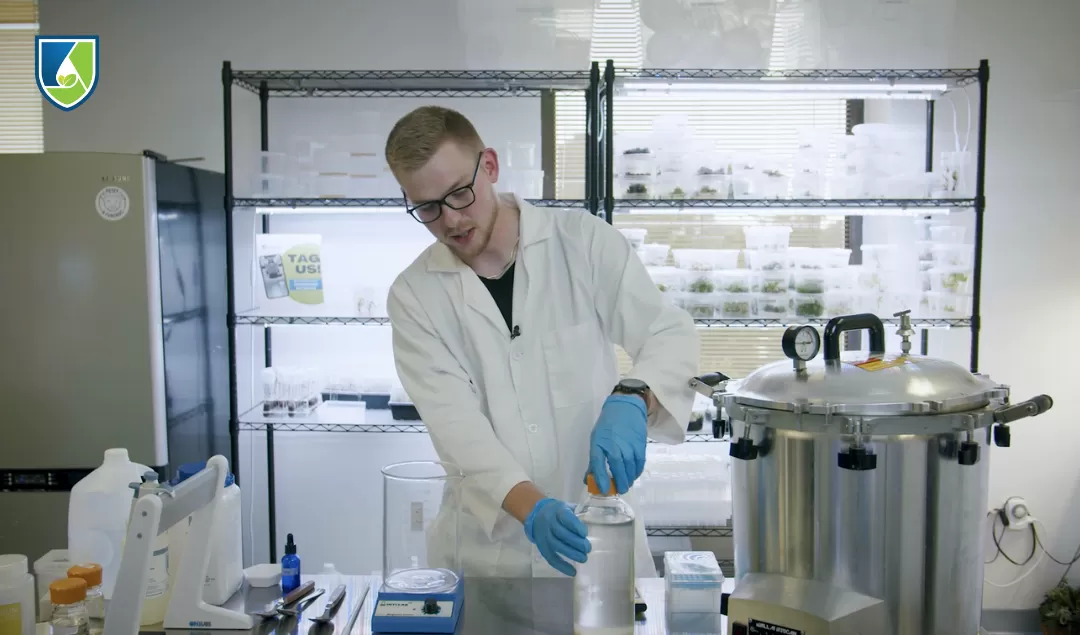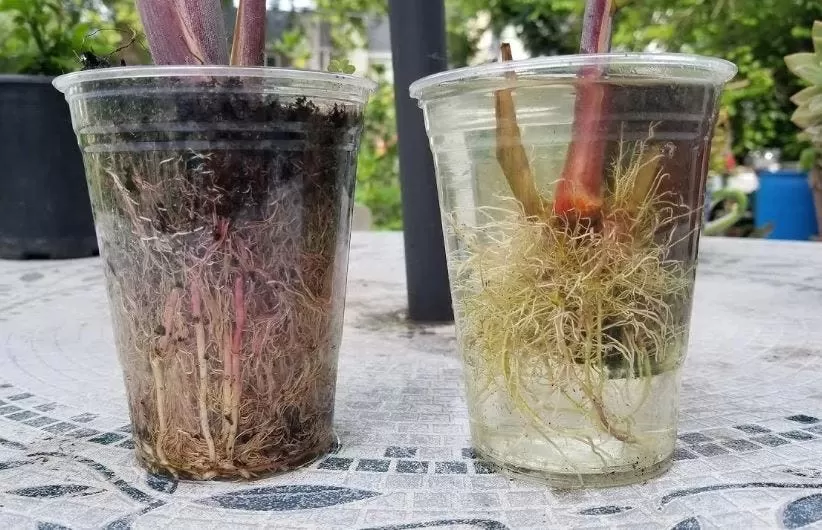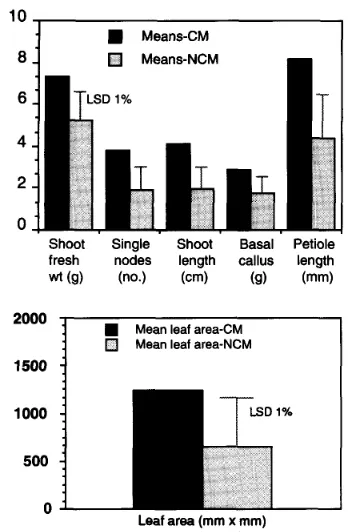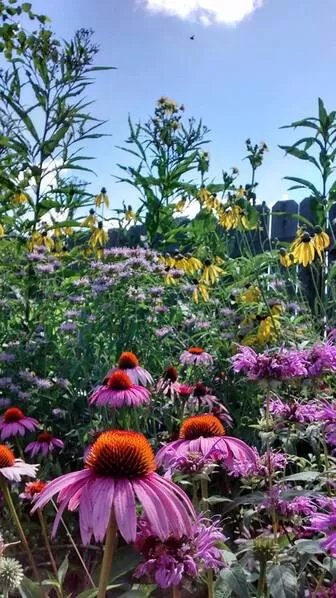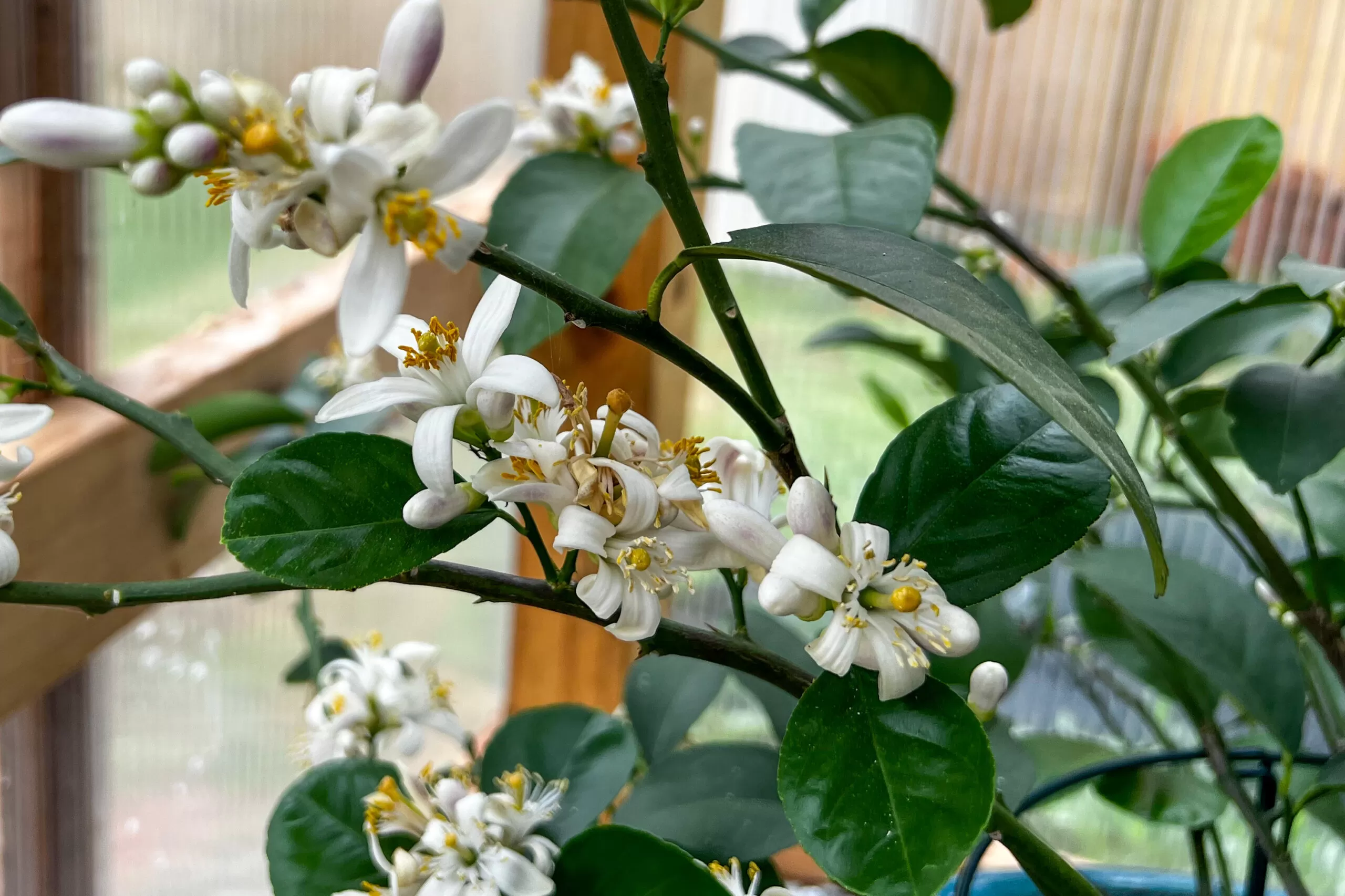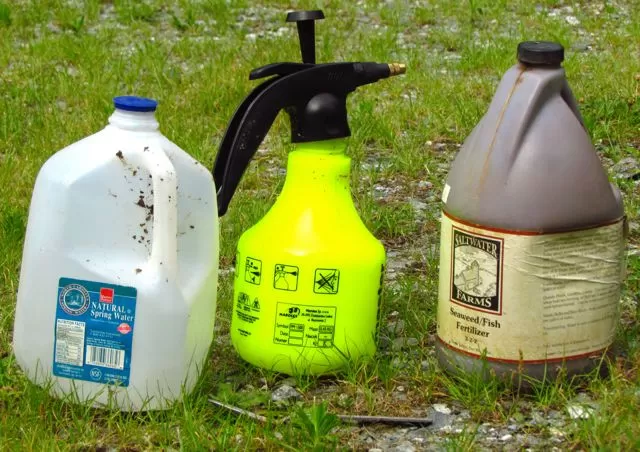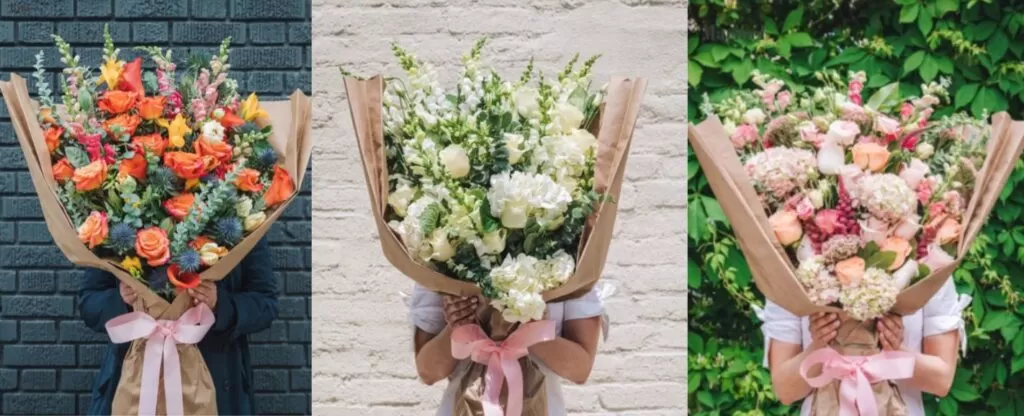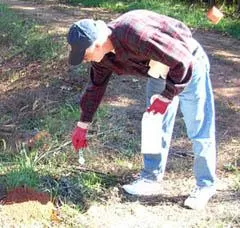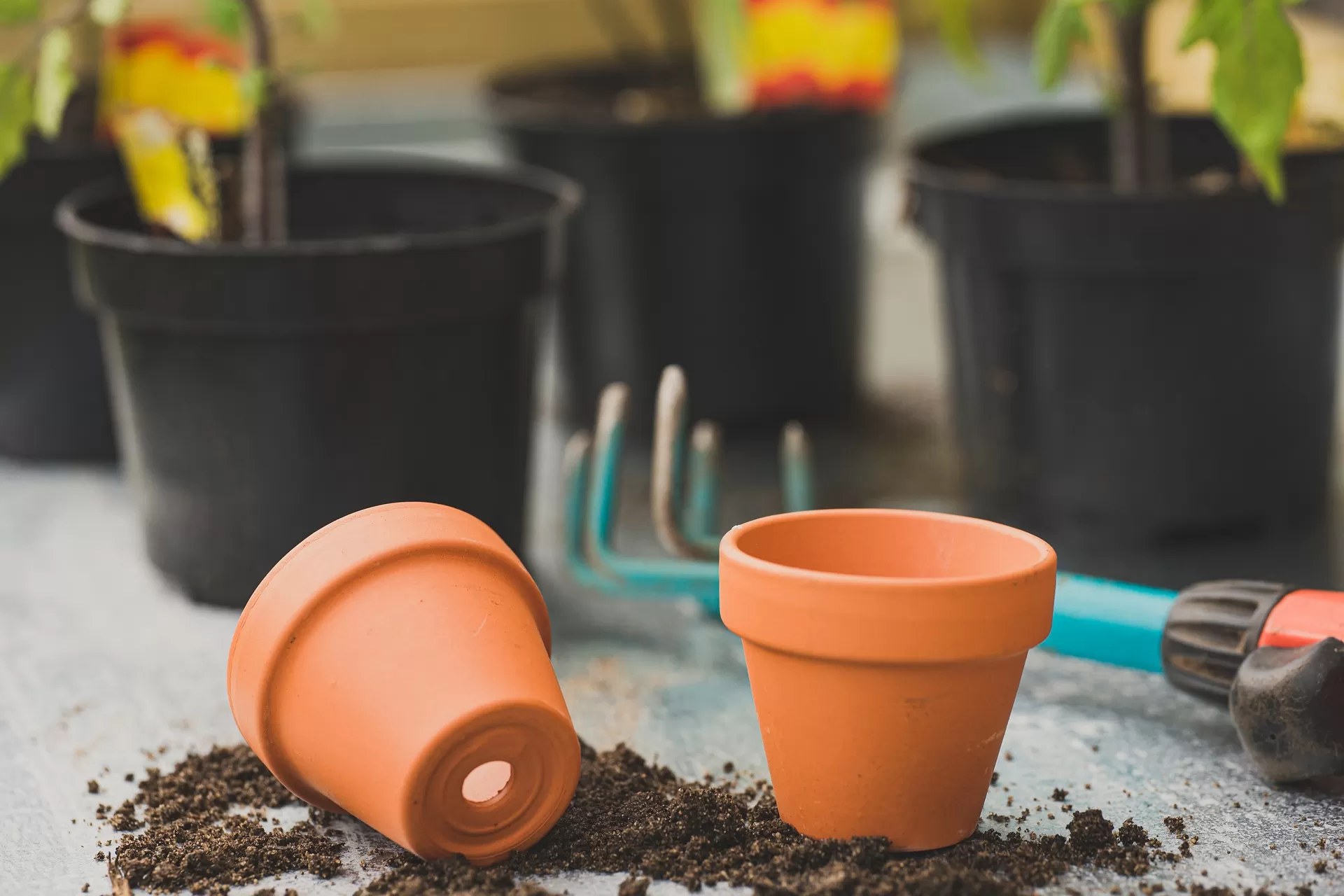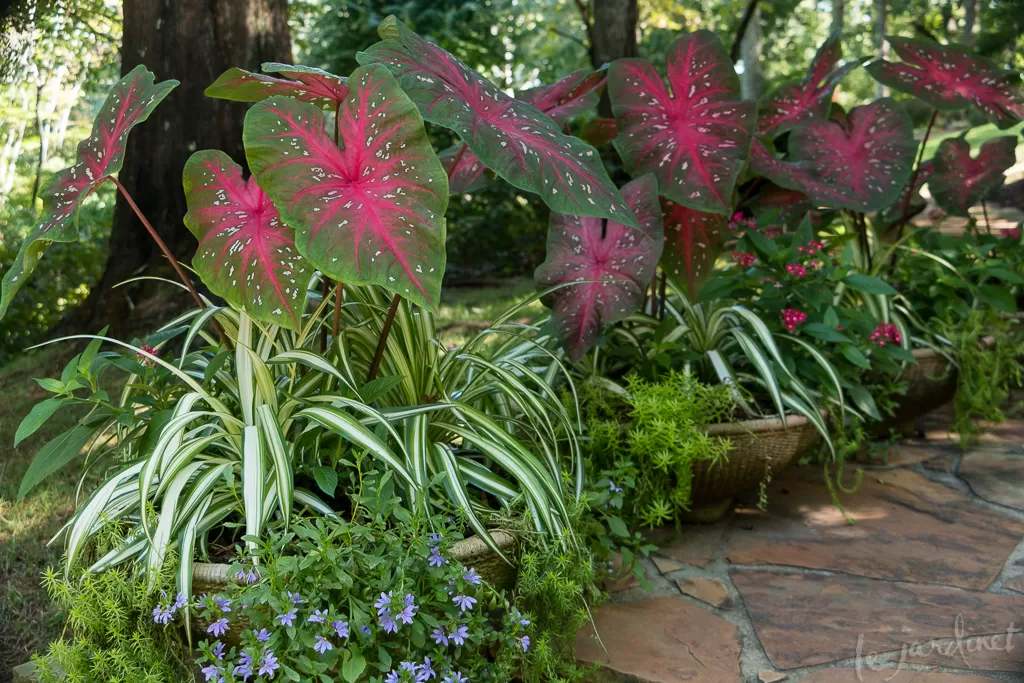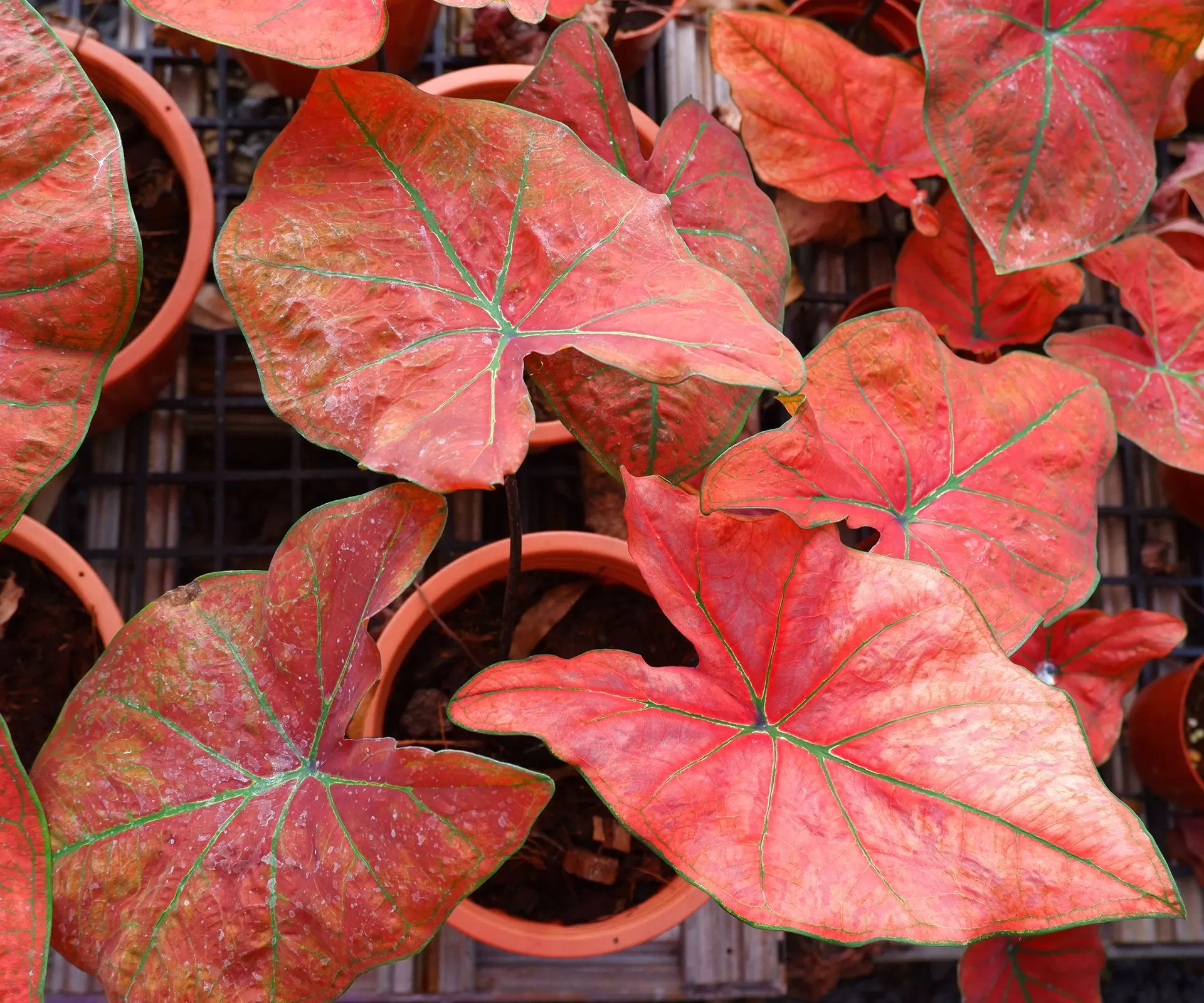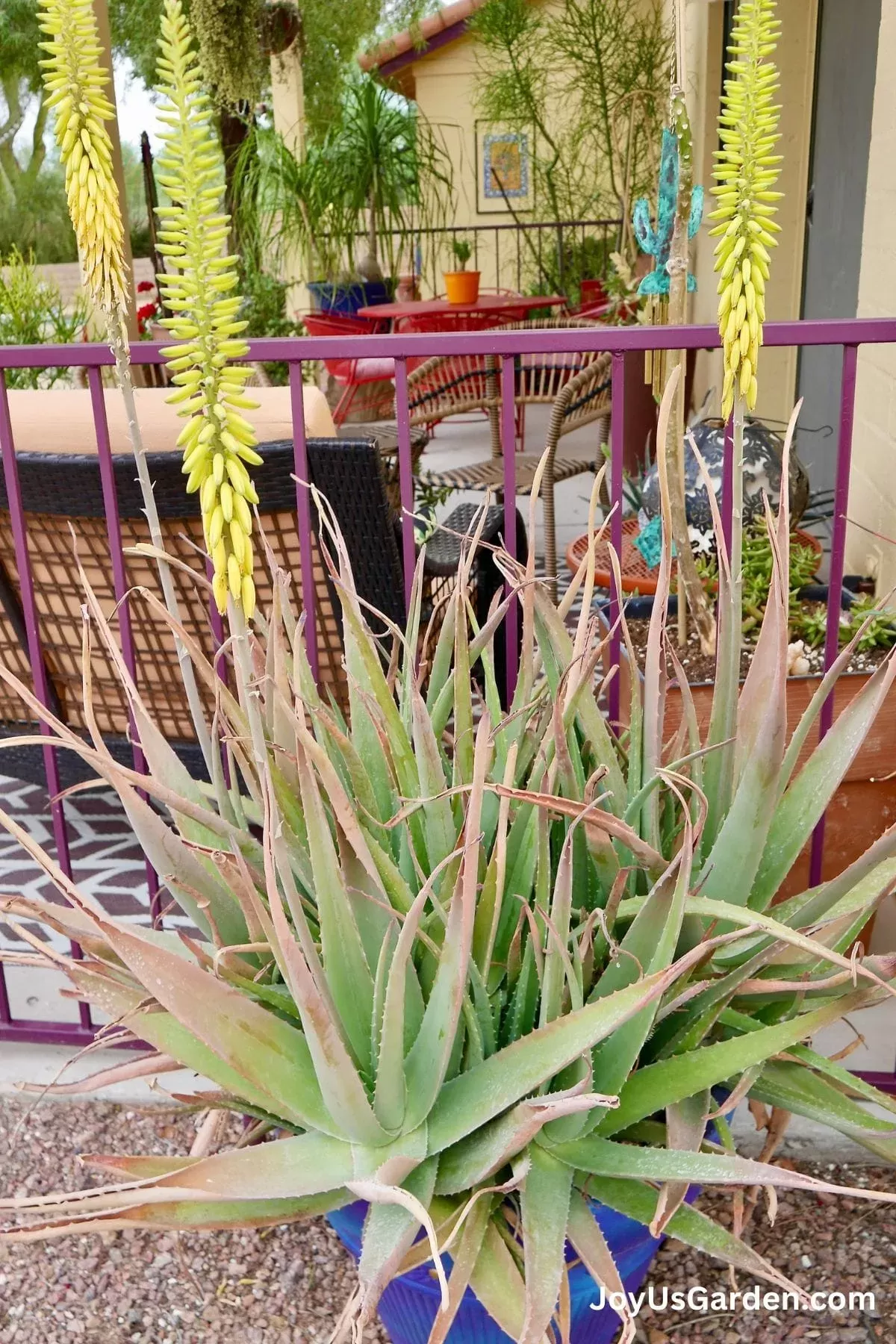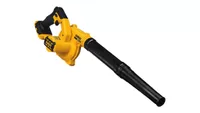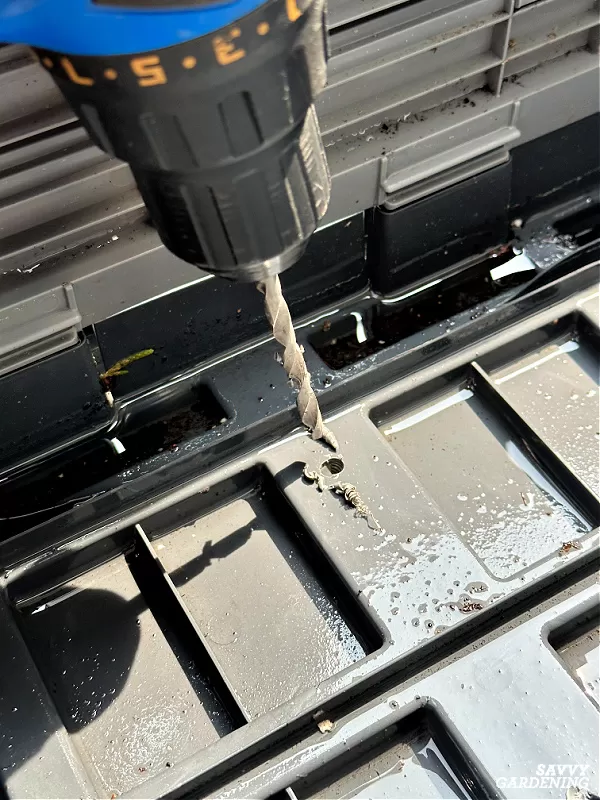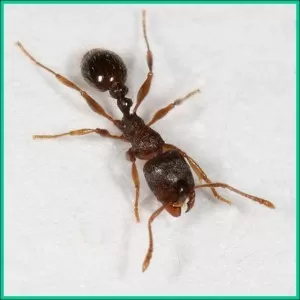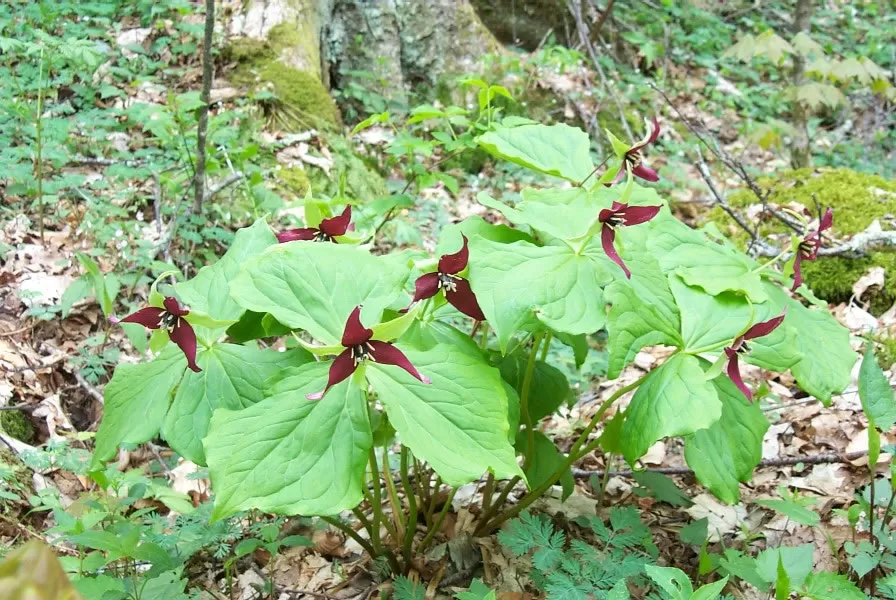- June is prime time for taking softwood cuttings to create new plants.
- Propagating from cuttings is an easy and cost-effective way to expand your garden.
- Hydrangea, Lavender, and Rosemary are excellent candidates for propagation this month.
- Simple steps and a little patience can yield a bounty of free plants.
Ah, June! The garden is bursting with life, and so are your favorite plants. It’s a time of abundance, not just in blooms and foliage, but in potential new additions to your green space. Have you ever looked at a lush Hydrangea bush, a fragrant Lavender hedge, or a sprawling Rosemary plant and wished you had more? Guess what – you can! June is the perfect window to easily propagate these beloved plants using a simple technique called softwood cuttings. It feels a little magical, turning a snippet of growth into a whole new plant, and it’s incredibly satisfying. Let’s dive into how you can grow your garden for free by mastering how to propagate hydrangea, lavender, and rosemary in June.
Contents
- Why Propagate in June?
- Gathering Your Tools
- Step-by-Step: How to Take Softwood Cuttings
- Selecting and Preparing Cuttings
- Planting Your Cuttings
- Creating the Right Environment
- Waiting for Roots
- Propagating Hydrangea in June
- Propagating Lavender in June
- Propagating Rosemary in June
- Common Propagation Challenges
- Conclusion
Why Propagate in June?
June marks the peak of the softwood cutting season. This is when new growth is still flexible and hasn’t hardened off yet, making it more likely to root successfully. The warm temperatures, combined with high humidity (which we’ll help create!), provide the ideal environment for these fresh cuttings to develop roots quickly. It’s nature’s sweet spot for plant multiplication!
Gathering Your Tools
You don’t need much fancy equipment to get started. Here’s what’s helpful:
- Clean, sharp secateurs or a sharp knife
- Small pots or trays
- Peat-free potting mix (a cutting mix or general-purpose works well)
- Watering can or spray bottle
- Clear plastic bags and rubber bands OR an unheated propagator
- Pencil or dibber
Step-by-Step: How to Take Softwood Cuttings
This method applies generally to many plants, including our stars: Hydrangea, Lavender, and Rosemary. The key is speed and moisture!
Selecting and Preparing Cuttings
Timing is everything when taking softwood cuttings. Aim for early morning when the plant’s stems are full of moisture. Look for healthy, non-flowering shoots that are about 4-6 inches (10-15 cm) long. The stem should be flexible but snap cleanly when bent, not just flop over.
Make your cut just above a leaf node on the parent plant. Immediately place your chosen cuttings into a plastic bag to prevent them from drying out. Work quickly once you’ve collected your material.
Back at your workspace, prepare each cutting. Using your sharp knife or secateurs, carefully remove the lower leaves, leaving only the top two or three pairs of leaves. If there are any flower buds or soft tips at the top, pinch or snip these off. This encourages the cutting to focus energy on root production rather than flowering or leafy growth.
 Gardener trimming lower leaves and soft tip from a plant cutting during June propagation.
Gardener trimming lower leaves and soft tip from a plant cutting during June propagation.
Planting Your Cuttings
Fill your pots or trays with moist, peat-free potting mix. Use a pencil or dibber to make a small hole in the compost for each cutting – this prevents damage to the delicate stem base if you try to push it directly in.
Insert 3-5 cuttings around the edge of a small pot (they seem to root better against the side). Gently firm the soil around the base of each cutting. Water the pot thoroughly.
Creating the Right Environment
High humidity is crucial for softwood cuttings while they develop roots. The easiest way to achieve this is to place the entire pot inside a clear plastic bag and seal it with a rubber band. Think of it as a mini-greenhouse or a plant sauna!
 Pots of softwood cuttings enclosed in a plastic bag to create humidity for rooting.Alternatively, if you have one, place the pots in an unheated propagator with the lid closed.
Pots of softwood cuttings enclosed in a plastic bag to create humidity for rooting.Alternatively, if you have one, place the pots in an unheated propagator with the lid closed.
Place the bagged pots or propagator in a warm location, but crucially, out of direct blazing sunshine. Too much sun can cook the cuttings. A bright spot with diffused light is ideal.
Remember to open the plastic bag or propagator lid for a few minutes twice a week to provide ventilation and prevent fungal issues.
Waiting for Roots
Now comes the test of patience! Most softwood cuttings will start rooting within a few weeks. You might see new growth appearing, which is a good sign. To check for roots, gently tug on a cutting; if you feel resistance, it likely has rooted. Once well-rooted (usually after 4-6 weeks), you can carefully pot them up individually into larger pots.
 Softwood hydrangea cuttings ready for propagation in a pot.
Softwood hydrangea cuttings ready for propagation in a pot.
Propagating Hydrangea in June
Hydrangeas are incredibly rewarding to propagate from softwood cuttings in early summer. You can easily multiply your favorite varieties, whether they are the classic mophead, lacecap, or panicle types. Look for fresh, non-flowering shoots that haven’t developed woody stems yet. Take cuttings that have at least two pairs of leaves. Follow the general softwood cutting steps outlined above, ensuring high humidity. They often root quite readily.
- Scientific Name: Hydrangea spp.
- Common Name: Hydrangea
- Zone: Varies by species, typically 3-9
- Light: Full sun to partial shade (depends on species/variety)
- Humidity: Prefers moderate to high
- Water: Needs consistently moist soil, especially when establishing
Propagating Lavender in June
June is a prime time for taking softwood cuttings of lavender, capturing its fragrant glory for more spots in your garden. Choose healthy, non-flowering shoots from the current season’s growth. They should be soft and pliable but not floppy. Lavender cuttings tend to be a bit smaller, perhaps 3-4 inches (7-10 cm). Follow the same general cutting method. While lavender prefers drier conditions as a mature plant, the cuttings need humidity to root initially. However, ensure good ventilation to prevent rot. Some gardeners dip lavender cuttings in rooting hormone, though it’s often not strictly necessary with softwood cuttings in June.
- Scientific Name: Lavandula spp.
- Common Name: Lavender
- Zone: Varies by species, typically 5-9
- Light: Full sun
- Humidity: Prefers low humidity as mature plant; cuttings need initial high humidity for rooting
- Water: Drought-tolerant once established; cuttings need consistently moist soil
Propagating Rosemary in June
Rosemary is another Mediterranean favorite that propagates well from softwood cuttings in early summer. Select young, flexible shoots, again avoiding those that have flowered. Rosemary stems can be quite fine, so handle them gently. Take cuttings about 4-6 inches (10-15 cm) long. Remove the lower leaves carefully – the stem might be a bit woody at the very base even on softwood growth. Insert into the potting mix and cover for humidity. Rosemary can sometimes be a little slower to root than hydrangea, so be patient. Once rooted and potted on, remember its preference for well-draining soil and plenty of sun.
- Scientific Name: Salvia rosmarinus (formerly Rosmarinus officinalis)
- Common Name: Rosemary
- Zone: Typically 7-10 (can vary)
- Light: Full sun
- Humidity: Prefers low humidity as mature plant; cuttings need initial high humidity for rooting
- Water: Drought-tolerant once established; cuttings need consistently moist soil
Common Propagation Challenges
While softwood cuttings are generally reliable, sometimes things don’t go as planned. The most common issues are cuttings drying out before rooting (hence the plastic bag/propagator) or rotting due to too much moisture and poor ventilation. Ensure your potting mix is moist but not waterlogged, and remember those twice-weekly ventilation breaks. High heat can also stress cuttings, so keep them out of direct scorching sun. Don’t be discouraged if not every cutting takes – it’s a numbers game, so taking several increases your chances of success!
Conclusion
Propagating Hydrangea, Lavender, and Rosemary in June using softwood cuttings is a fantastic way to fill your garden beds and pots with beautiful, fragrant plants without spending a fortune. It’s a simple process that connects you deeper with the growth cycle of your plants. Imagine sharing rooted cuttings with friends, knowing you grew them yourself! Give it a try this June and experience the joy of creating new life from existing plants.
Have you tried propagating these or other plants? Share your successes and tips in the comments below! And don’t forget to share this article with fellow garden enthusiasts. Explore more gardening tips and tricks on The Little Garden website!



